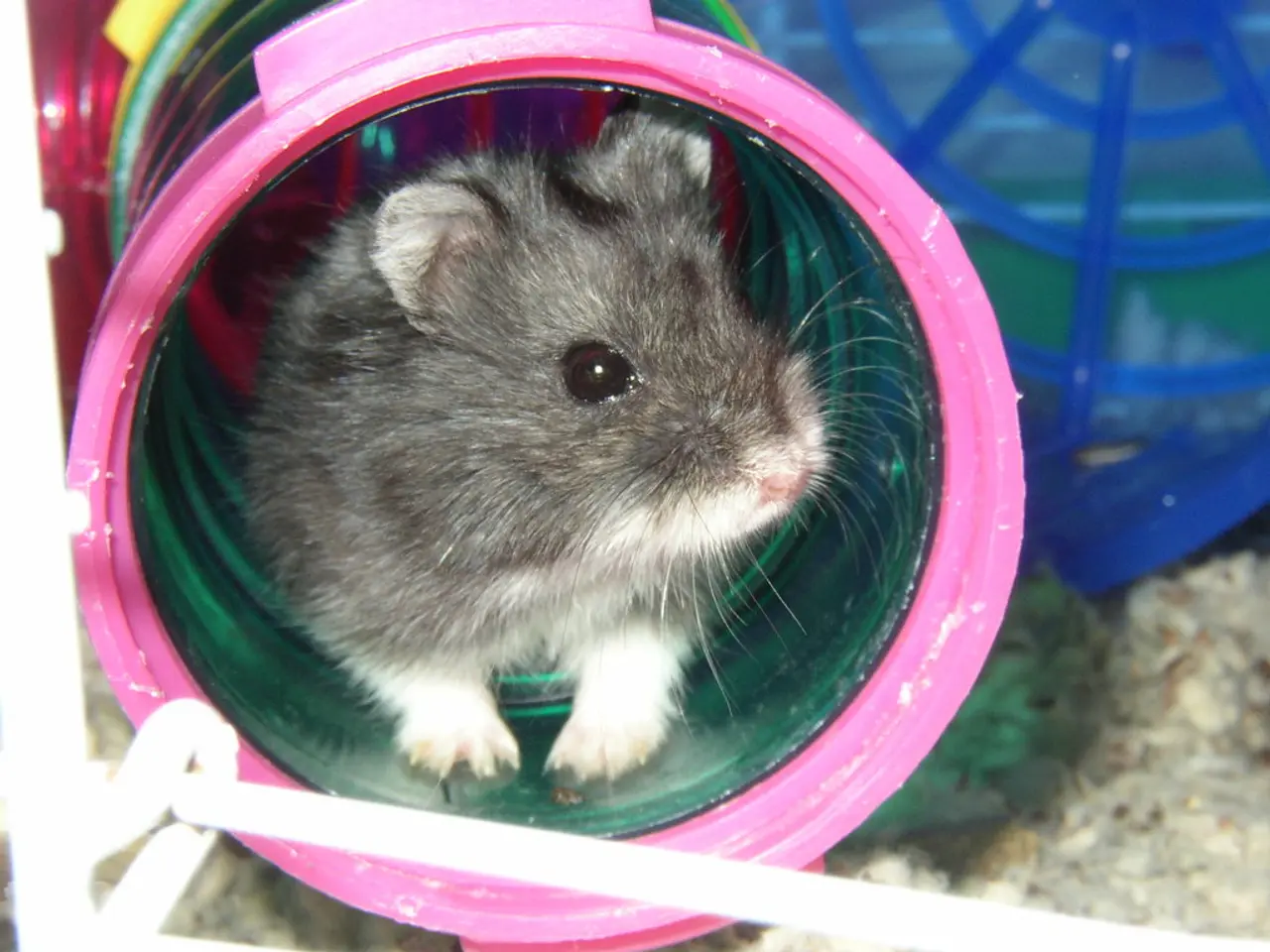Recognizing Remote Workers Pretending Idle Using Mouse Movements: A Guide
In today's digital landscape, mouse jigglers - devices or software applications designed to prevent a computer from going idle - have become a topic of interest for employers, especially in remote and hybrid work environments. Here's a look at how employers can detect and prevent the use of mouse jigglers, fostering a more honest and productive work environment.
Mouse jigglers work by physically moving the cursor on the screen or sending signals that mimic mouse activity. While they may seem harmless, they can lead to consequences such as termination, depending on company policies and the specific situation. Moreover, relying on mouse jigglers can hinder personal growth, harming employees' long-term career prospects by undermining their work ethic and opportunities to improve.
To combat this issue, employers can turn to advanced activity verification tools. Platforms like Insightful.io have launched intelligent Activity Verification features that distinguish between genuine user inputs (keyboard and mouse) and simulated movements with up to 99% accuracy.
Time-tracking and productivity tools like Monitask also have built-in capabilities to identify suspicious mouse movements indicative of jigglers. They provide alerts or flags when mouse activity does not align with actual work patterns.
Regularly reviewing activity and suspicious patterns is another crucial step. Managers should actively monitor employee activity data for signs such as continuous minimal mouse movements without corresponding work output or keyboard use, which may signify jiggler usage.
Implementing user behavior analytics (UBA) can also be beneficial. Tools that analyze comprehensive user behavior using machine learning can detect anomalies linked to simulated input devices or other evasive tactics, improving detection and prevention efforts.
Transparency and clear policies are equally important. Setting clear expectations about monitoring and productivity, combined with employee education on the use of such devices, can reduce their usage and help maintain workplace trust.
IT administrators can also scan devices for unfamiliar programs or extensions, paying attention to any unusual background processes, to identify software-based mouse jigglers or browser extensions.
In conclusion, combining sophisticated monitoring technologies that differentiate genuine from simulated activity with proactive management and clear workplace policies best prevents mouse jiggler abuse. Employers should remember that while no specific laws make a mouse jiggler illegal to use, their use is generally considered dishonest and can be grounds for disciplinary action in the workplace.
- Employers can use Time-tracking and productivity tools like Monitask to identify suspicious mouse movements, providing alerts when mouse activity does not align with actual work patterns, aiding in the prevention of mouse jiggler usage.
- Implementing user behavior analytics (UBA) can help improve detection and prevention efforts by analyzing comprehensive user behavior using machine learning, identifying anomalies linked to simulated input devices or other evasive tactics.
- To support personal growth and foster a more productive work environment, employers should prioritize transparency, setting clear expectations about monitoring and productivity, and providing education on the use of simulated activity devices such as mouse jigglers.




